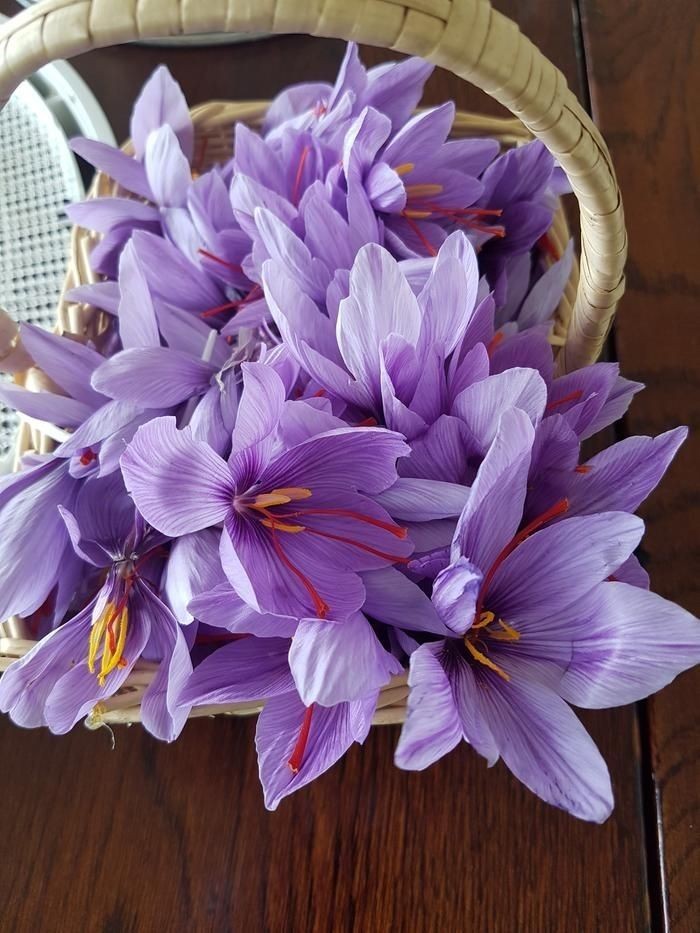Categories
The latest content
-
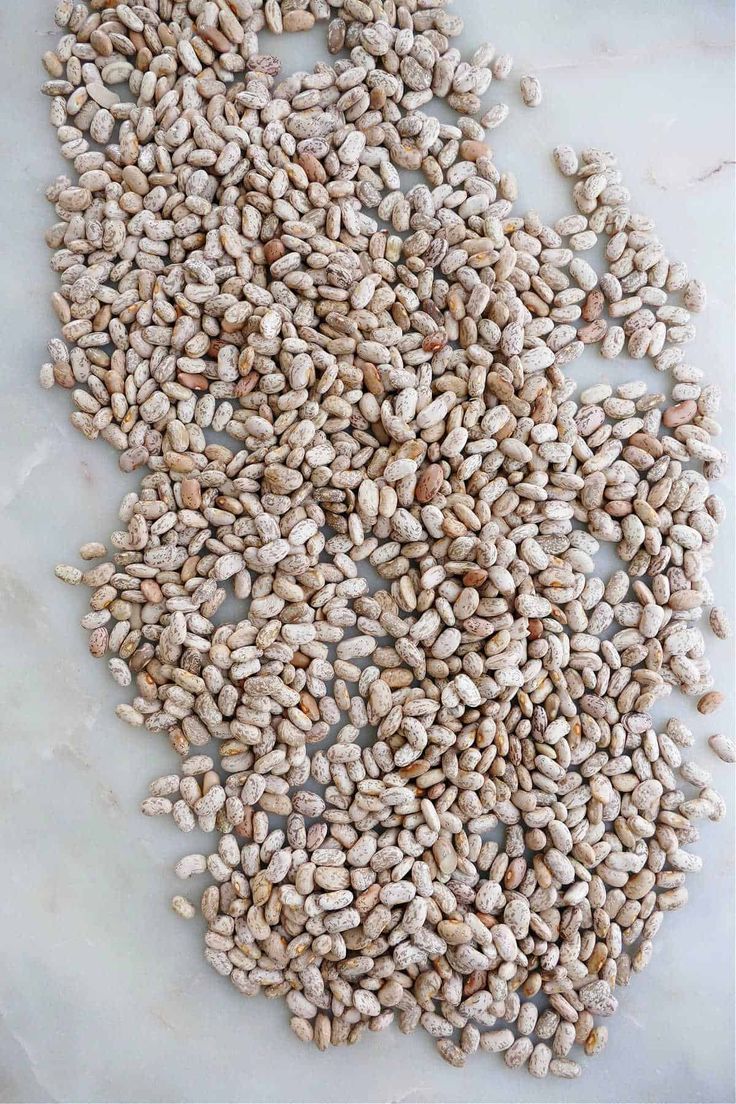
Customs Clearance & Import Regulations for Bulk Iranian Pinto Beans in EU, Middle East & Africa
..
-
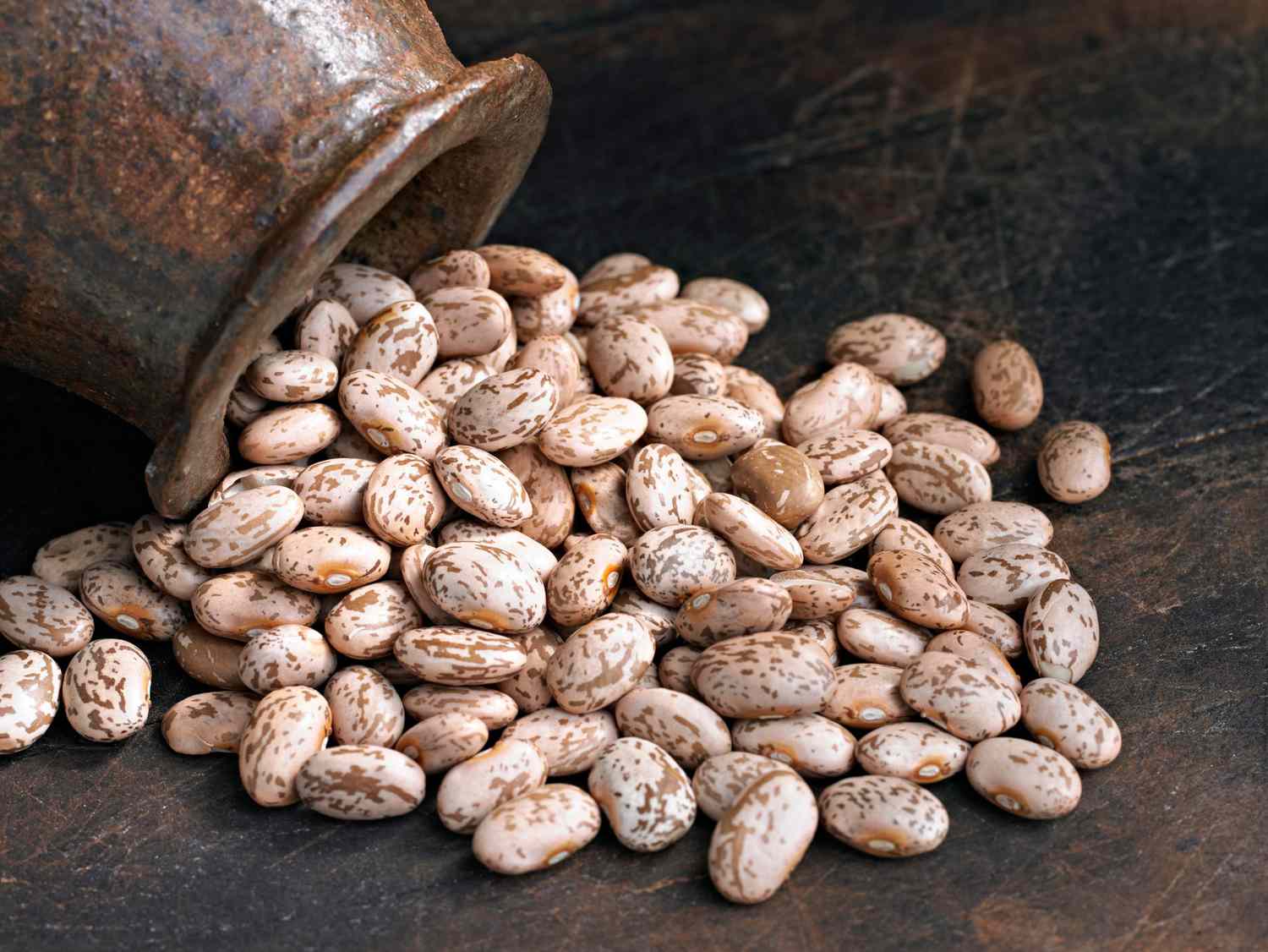
Quality Control & Laboratory Testing Standards for Iranian Pinto Beans
..
-
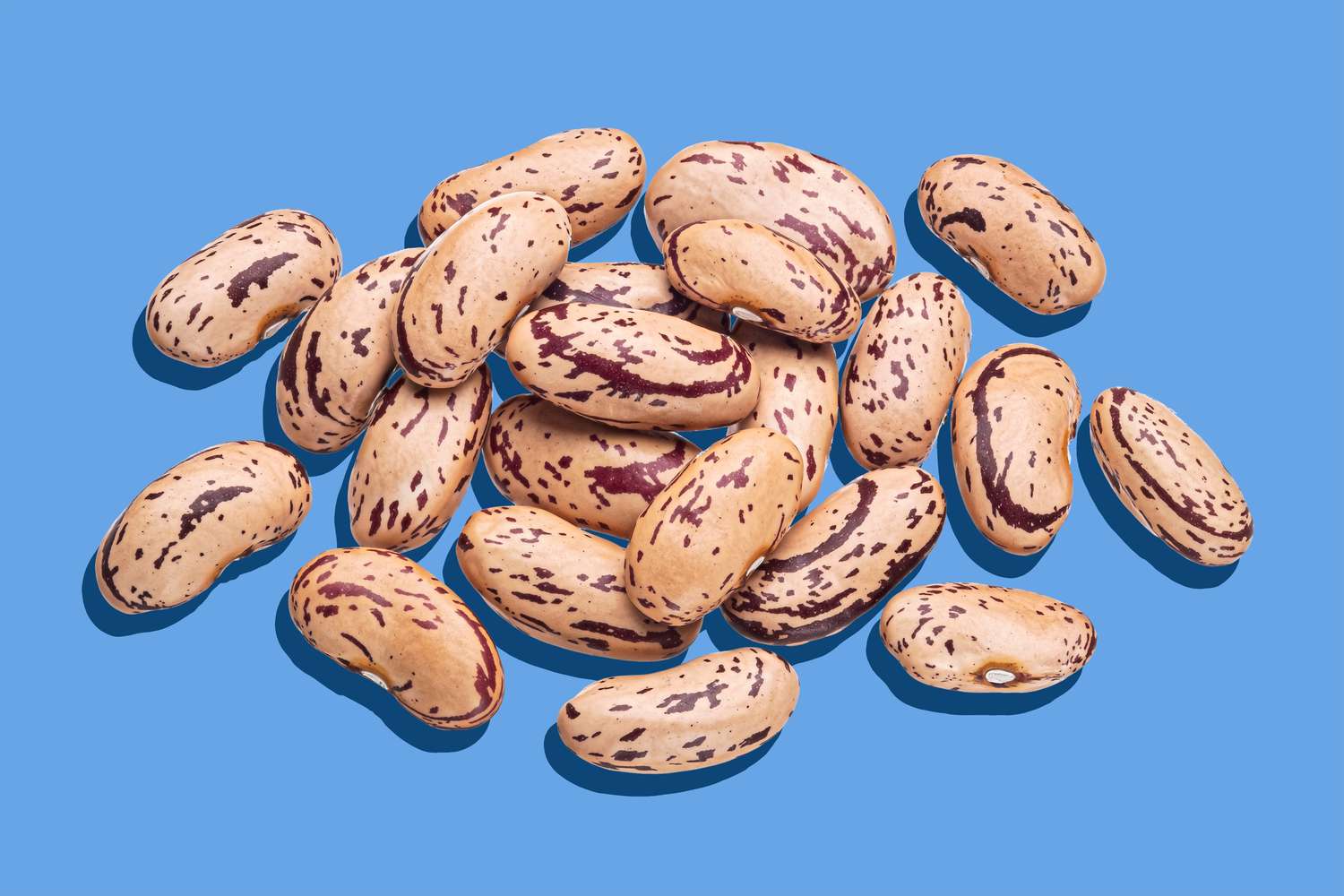
Logistics & Shipping Solutions for Bulk Iranian Pinto Bean Exports
..
-
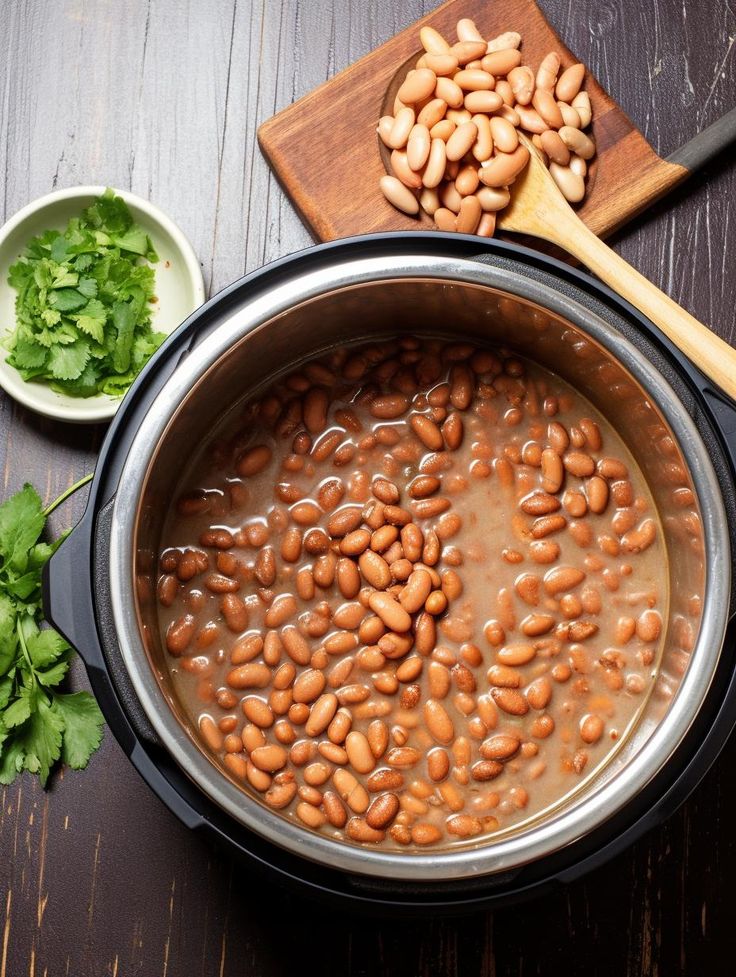
Minimum Order Quantity (MOQ) & Bulk Pricing for Iranian Pinto Bean Buyers
..
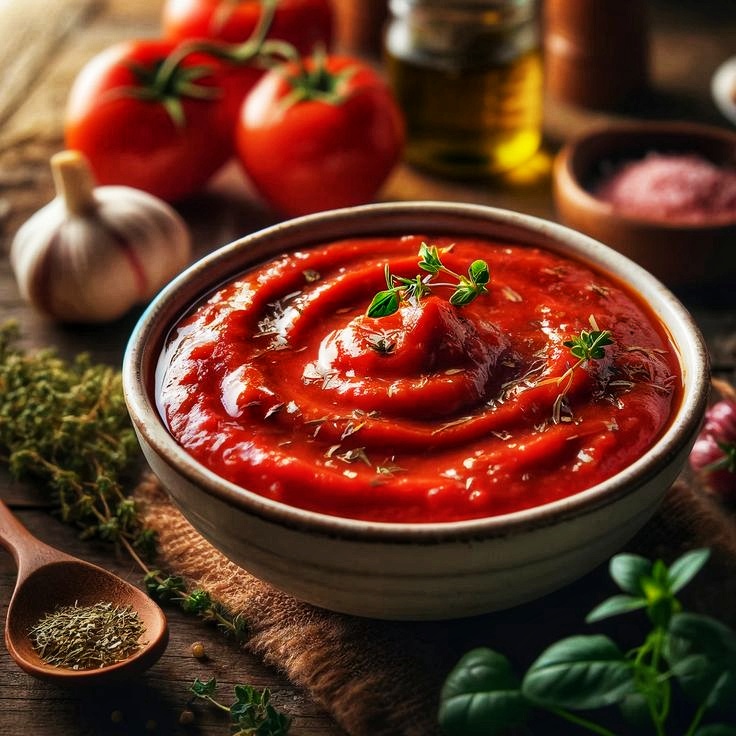
Tags
How Iranian Rice Is Processed in Rice Mills
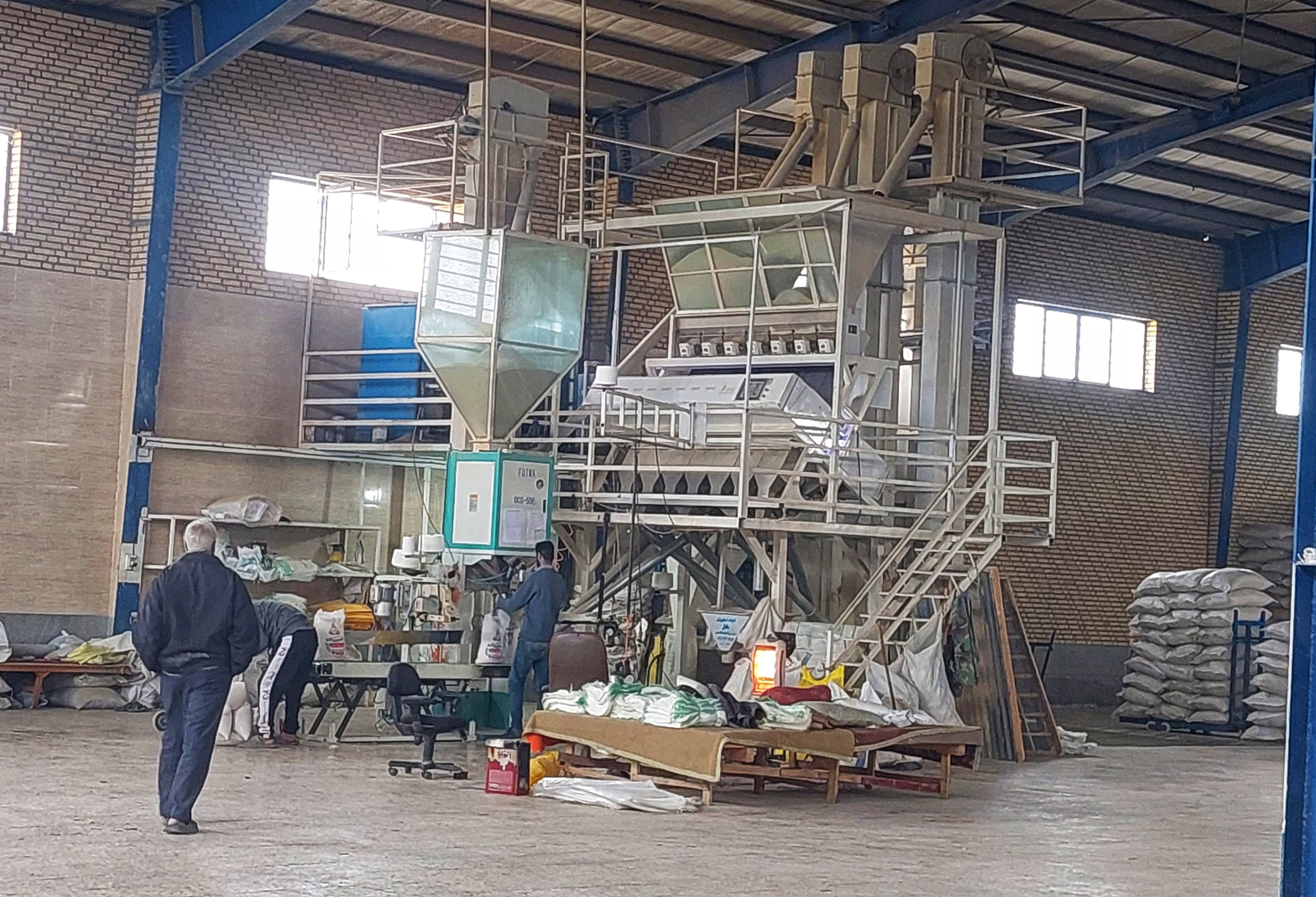
Iranian rice is one of the most cherished agricultural products of the country, especially varieties like Tarom Hashemi, Domsiah, and Sadri. Known for its fragrant aroma, fluffy texture, and natural cultivation methods, Iranian rice goes through a meticulous process before reaching consumer markets. In this post, we take you behind the scenes into how Iranian rice is processed in modern rice mills.
1. Harvesting
Rice is typically harvested once a year, between late August and early October, depending on the region. Farmers in provinces like Mazandaran and Gilan use both traditional and semi-mechanized methods for harvesting.
• After harvest, the rice grains are still encased in their outer husk (paddy form).
• To prevent spoilage, the paddy rice is quickly transported to rice mills for further processing.
2. Drying
Freshly harvested rice contains high moisture levels, which can lead to mold or spoilage if not dried promptly.
• Rice mills use hot-air drying systems to bring down the moisture content to a safe level (usually around 13-14%).
• Proper drying ensures longer shelf life and better milling efficiency.
3. Hulling (Dehusking)
Once dried, the rice undergoes hulling, a process that removes the tough outer husk.
• The result is brown rice, which still has the bran layer.
• Hulling is usually done using rubber roll hullers that gently separate the husk without damaging the grain.
4. Milling (Whitening)
To produce the familiar white rice:
• The brown rice is passed through milling machines that remove the bran layers.
• Modern mills use abrasive or friction-type machines to maintain the grain's integrity while removing the outer layers.
• This stage may include polishing for aesthetic appeal, although many Iranian producers prefer minimal polishing to retain more nutrients.
5. Grading and Sorting
High-quality Iranian rice must be uniform in size, shape, and color.
• Advanced optical sorters remove defective, discolored, or broken grains.
• Grading is based on length, purity, aroma, and grain integrity.
6. Packaging
Once sorted, the rice is carefully packaged for both domestic and export markets.
• Rice is packed in multi-layered sacks (often 5kg to 50kg) with moisture-barrier linings.
• Labels include variety, grade, origin, and processing date.
• Export-oriented mills ensure compliance with international food safety standards, such as ISO 22000, HACCP, or Organic certifications.
7. Storage and Transportation
After packaging:
• Rice is stored in cool, dry, and pest-free warehouses.
• Proper storage preserves the aroma and taste.
• For exports, rice is loaded into containerized shipments with temperature and humidity control as needed.
Final Thoughts
From harvest to packaging, Iranian rice processing involves both traditional knowledge and modern technology. This careful attention to detail helps preserve the flavor, aroma, and nutritional value of one of the world’s finest rice varieties.
Looking for premium Iranian rice for your brand or market? We can help you find the best option.



